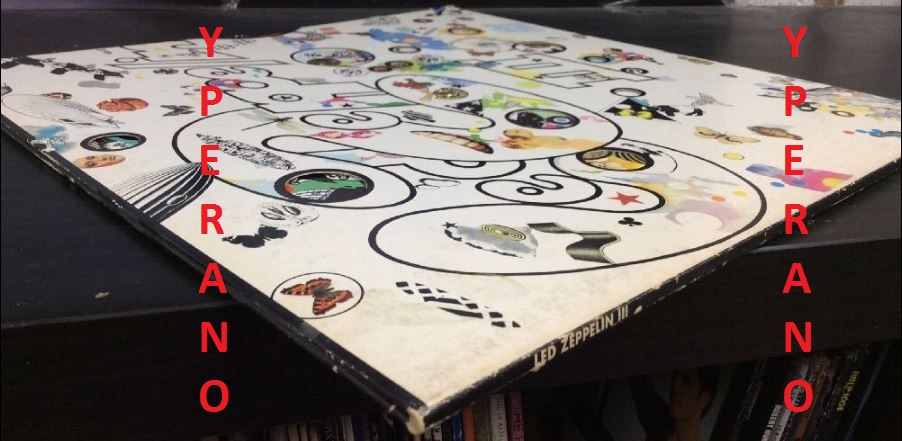

New!!: ZEPLIN-III and Scintillation (physics) Scintillation is a flash of light produced in a transparent material by the passage of a particle (an electron, an alpha particle, an ion, or a high-energy photon). New!!: ZEPLIN-III and Rutherford Appleton Laboratory The Rutherford Appleton Laboratory (RAL) is one of the national scientific research laboratories in the UK operated by the Science and Technology Facilities Council (STFC). See more » Rutherford Appleton Laboratory.Photomultiplier tubes (photomultipliers or PMTs for short), members of the class of vacuum tubes, and more specifically vacuum phototubes, are extremely sensitive detectors of light in the ultraviolet, visible, and near-infrared ranges of the electromagnetic spectrum. New!!: ZEPLIN-III and National Research Nuclear University MEPhI (Moscow Engineering Physics Institute) See more » National Research Nuclear University MEPhI (Moscow Engineering Physics Institute).New!!: ZEPLIN-III and Large Underground Xenon experiment The Large Underground Xenon experiment (LUX) aims to directly detect weakly interacting massive particle (WIMP) dark matter interactions with ordinary matter on Earth. See more » Large Underground Xenon experiment.New!!: ZEPLIN-III and Ionization chamber The ionization chamber is the simplest of all gas-filled radiation detectors, and is widely used for the detection and measurement of certain types of ionizing radiation X-rays, gamma rays, and beta particles. New!!: ZEPLIN-III and Imperial College London Imperial College London (officially Imperial College of Science, Technology and Medicine) is a public research university located in London, United Kingdom. New!!: ZEPLIN-III and Electroluminescence New!!: ZEPLIN-III and Directional Recoil Identification from Tracks Įlectroluminescence (EL) is an optical phenomenon and electrical phenomenon in which a material emits light in response to the passage of an electric current or to a strong electric field. The Directional Recoil Identification from Tracks (DRIFT) detector is a low pressure negative ion time projection chamber (NITPC) designed to detect weakly interacting massive particles (WIMPs) - a prime dark matter candidate. See more » Directional Recoil Identification from Tracks.

The DAMA/NaI experiment investigated the presence of dark matter particles in the galactic halo by exploiting the model-independent annual modulation signature.ĭark matter is a theorized form of matter that is thought to account for approximately 80% of the matter in the universe, and about a quarter of its total energy density. In cosmology and physics, cold dark matter (CDM) is a hypothetical form of dark matter whose particles moved slowly compared to the speed of light (the cold in CDM) since the universe was approximately one year old (a time when the cosmic particle horizon contained the mass of one typical galaxy) and interact very weakly with ordinary matter and electromagnetic radiation (the dark in CDM). The ArDM (Argon Dark Matter) Experiment is a particle physics experiment based on a liquid argon detector, aiming at measuring signals from WIMPs (Weakly Interacting Massive Particles), which probably constitute the Dark Matter in the universe.Ī barn (symbol: b) is a unit of area equal to 10−28 m2 (100 fm2).īoulby Mine is a site located just south-east of the village of Boulby, on the north-east coast of the North York Moors in Redcar and Cleveland, England. Ģ5 relations: ArDM, Barn (unit), Boulby Mine, Cold dark matter, DAMA/NaI, Dark matter, Directional Recoil Identification from Tracks, Electroluminescence, Imperial College London, Ionization chamber, Large Underground Xenon experiment, National Research Nuclear University MEPhI (Moscow Engineering Physics Institute), Photomultiplier, Rutherford Appleton Laboratory, Scintillation (physics), Sodium iodide, Standard Model, Tim Sumner (physicist), Time projection chamber, UK Dark Matter Collaboration, University of California, Los Angeles, University of Edinburgh, Weakly interacting massive particles, WIMP Argon Programme, XENON. The ZEPLIN-III dark matter experiment attempted to detect galactic WIMPs using a 12 kg liquid xenon target.


 0 kommentar(er)
0 kommentar(er)
